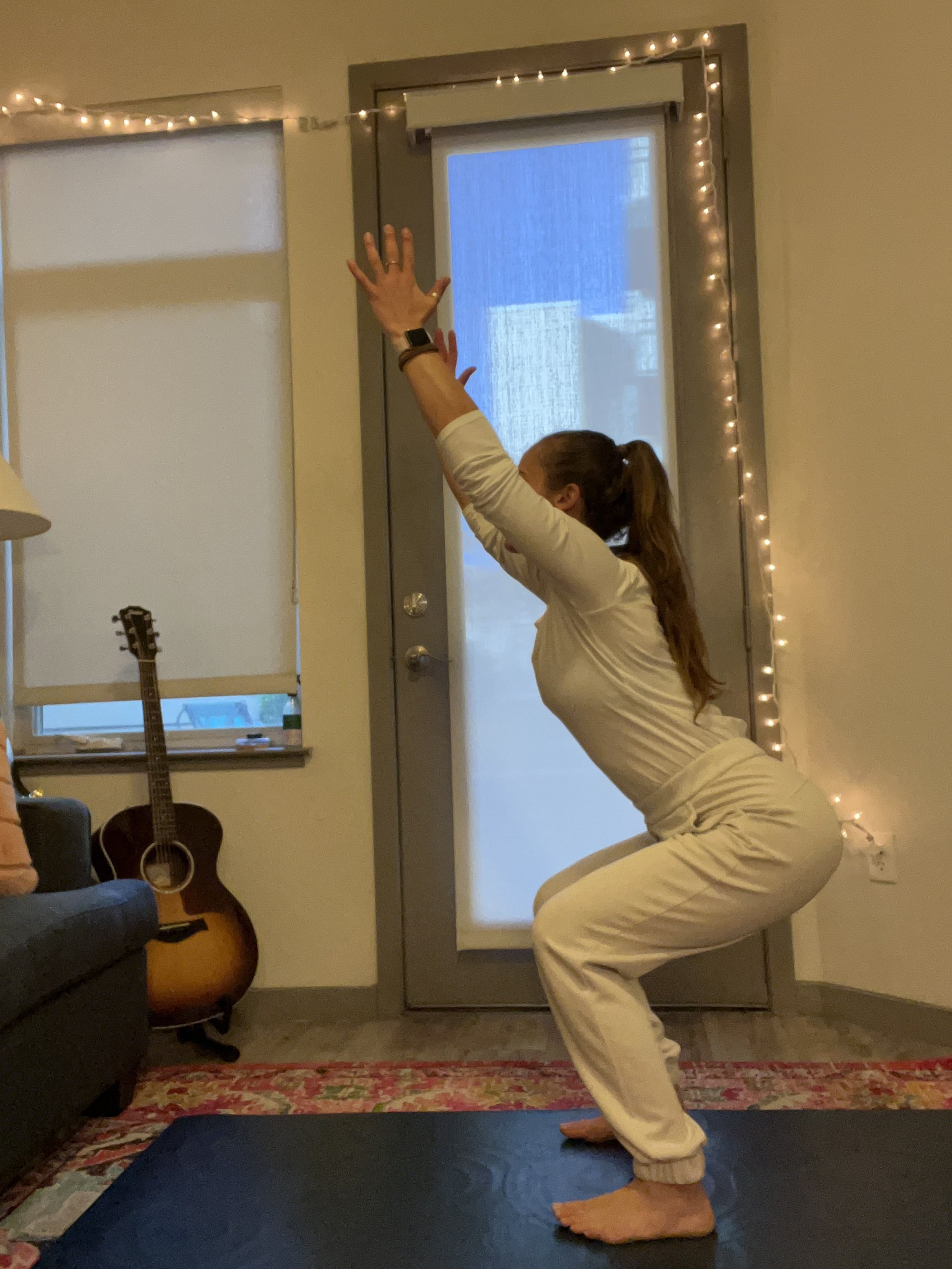Yoga and Injury Prevention - Part 2 of 2: Stability
Welcome back, yogis! In our last post, you were able to try out some poses to improve your flexibility and loosen things up. After several weeks of practicing poses to improve your range of motion, your body is now in a prime position to start stabilizing and strengthening those smaller muscles that are essential to preventing injury.
In this blog post, we will look closer at some yoga poses that are great complements to other training programs which may focus on your bigger muscle groups. Try out these poses to add balance to your regular exercise routine.
Here are three stability poses to improve muscle strength and endurance, enhance postural alignment, and set your body up for success.
1. Boat Pose—Navasana
Boat Pose
Start by sitting on the floor with your knees bent and feet flat on the mat
Keeping your spine aligned, start to lean back, engaging your core
For support, place your hands under your thighs
To progress, raise your arms by your side as you use your core to hold you upright, keeping your back straight and chest lifted.
You can also try lifting either just one leg at a time, or both legs to increase the intensity
Inhale, feeling the crown of your head and feet lengthen
Exhale, letting your shoulders relax down and grounding into your tailbone
Hold the pose for 3-5 breath
2. Bridge Pose—Setu Bandhasana
Bridge Pose
Lie on your back with your knees bent and feet hip-width apart, feet flat on the mat and arms by your side
Press through your feet to lift your hips toward the ceiling, engaging your glutes and core
There are many different ways you can hold your arms.
Keep them by your sides with palsm up or down as shown here
Or clasp your hands together behind your back and roll your shoulders underneath you
Keep your thighs parallel and knees directly over your heels
Hold the pose for 3-5 breaths
Progression
Try extending one leg out while keeping your pelvis aligned and glutes engage
Modification
Place a block or bolster under your pelvis for support
3. Chair Pose—Utkatasana
Chair Pose
Begin standing with your feet hip-width distance apart, spine stacked and arms by your side
Inhale, raising your arms overhead, palms facing each other
Exhale as you start to squat, pushing your hips behind you as if sitting onto a chair
Keep your weight in your heels, chest lifted and core engaged
Modification: lessen the depth of the squat, or place a yoga block between you thighs to engage the inner thighs for added stability
Hold the pose for 3-5 breaths before returning to start
Incorporating stability-based poses into your yoga practice is crucial for injury prevention and overall well-being. These poses not only enhance your physical stability but also cultivate mental and emotional balance.
Remember, while mobility and stability-based poses are essential for injury prevention, it is crucial to listen to your body's limits and avoid pushing beyond what feels safe for you. Always honor your body's unique needs and consult with a qualified healthcare professional if you have any concerns or pre-existing conditions.
Incorporate stability-based poses into your yoga practice today and enjoy the physical, mental, and emotional benefits they bring. By prioritizing stability and balance, you can create a solid foundation for a lifelong yoga journey of strength, resilience, and well-being.
Written by Dr. Asha Anand, PT, DPT, SCS, CSCS
If you like what Dr. Asha has to say, book an appointment with her here!
*Disclaimer: Although I am a licensed and board-certified sports physical therapist, I do not claim to hold certification as a yoga teacher. I am currently in the process of becoming a yoga teacher through a program accredited by the Yoga Alliance, and look forward to incorporating this into my practice. Follow these exercises at your own risk, and always seek out professional advice before beginning any new exercise program







